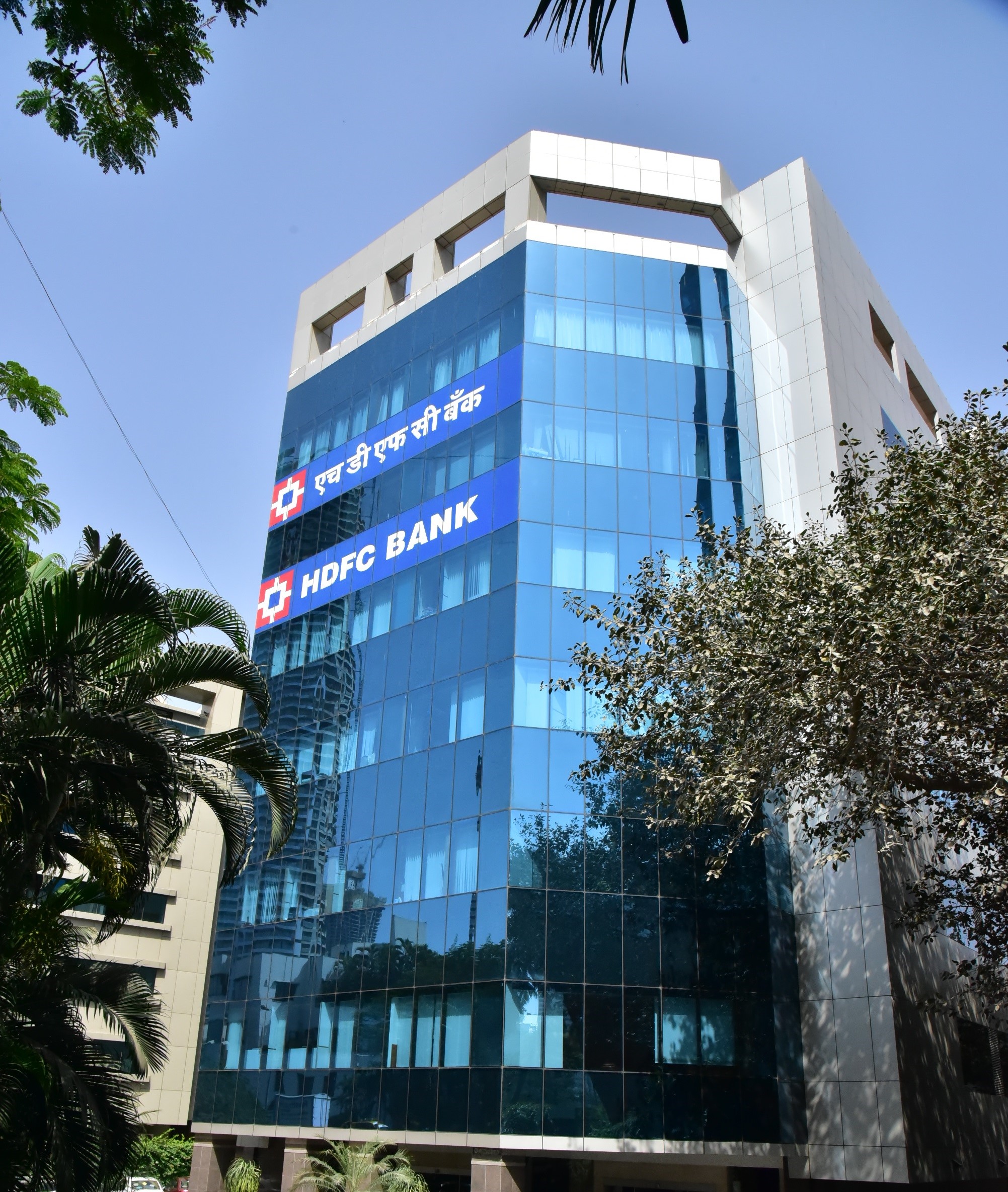NEWS
HDFC-HDFC Bank merger: RBI gives some regulatory relief
RBI refuses to grant HDFC Bank any exceptions on CRR, SLR and LCR requirements; allows HDFC Bank some leeway on priority sector lending and investments front.
RBI refuses to grant HDFC Bank any exceptions on CRR, SLR and LCR requirements; allows HDFC Bank some leeway on priority sector lending and investments front.

The Reserve Bank of India (RBI) has refused to grant HDFC Bank any exceptions on cash reserve ratio (CRR), statutory liquidity ratio (SLR) and liquidity coverage ratio (LCR) requirements for its merger with mortgage financier parent HDFC Ltd.
The central bank has, however, allowed HDFC Bank some leeway on the priority sector lending and investments front. The RBI has said that HDFC Bank may calculate net bank credit considering only one-third of the outstanding loans of HDFC as on the effective date of the amalgamation for the first year.
The remaining two-thirds of the portfolio of HDFC shall be considered over a period of next two years equally.
HDFC Bank and HDFC, which announced a $40-billion merger last April, are awaiting the final regulatory approval. HDFC Bank sought relaxations on certain regulatory requirements from the RBI.
“HDFC Bank shall continue to comply with extant requirements of CRR, SLR and LCR (liquidity coverage ratio) from the effective date of merger without exceptions,” according to an exchange filing by the bank.
This may not be an issue with HDFC Bank as it has excess SLR and LCR. The bank’s LCR stands at 116% and its SLR is at 24-25%. Banks are required to hold a CRR of 4.5% as per RBI rules. The final requirement will be clarified after HDFC’s results.
CRR is the percentage of deposits which a commercial bank has to park with the RBI for which it does not earn any interest. SLR, on the other hand, is a percentage of deposits which are mandated to be invested in government securities. ..
The merger is expected to conclude by July this year.
Priority Sector Lending
On priority sector lending, HDFC Bank said in a regulatory filing that RBI has “permitted the bank to meet priority sector lending requirements in a staggered fashion over three years”.
These requirements, which include lending to weaker segments of the economy, are linked to a lender’s loan book.
Indian lenders are required to lend 40% of their total disbursal to the priority sector comprising agriculture, micro and small enterprises, education, housing, export credit and advances to weaker sections.
Investments
Investments, including those of subsidiaries and associates of HDFC, are allowed to continue as investments of the combined HDFC Bank, although the bank will need to exit a few select ventures over time.
HDFC Bank or HDFC can increase the shareholding in HDFC Life Insurance Company and HDFC ERGO General Insurance Company to more than 50% prior to the merger's effective date.
The RBI has also permitted HDFC to hold its stake in HDFC Education and Development Services, which operates three education schools having 4,000 students.
But HDFC Bank has two years from the effective date to both exit HDFC's investment in HDFC Education and Development Services.
In the case of Credila Financial Services, the higher education financier having a book of over Rs 10,000 crore and owned fully by HDFC at present, HDFC Bank will have to cut its holding to 10% in two years and stop onboarding new customers.
Interest Rate Benchmarks
As a bulk of HDFC customers are under the prime lending rate set by the home financier, HDFC Bank will be required to do a one-time mapping of all HDFC borrowers for benchmarks and spreads.
All retail, MSME, and other floating rate loans sanctioned by HDFC Limited would also need to be linked to an appropriate benchmark within six months from the effective date.
Loan against shares
The RBI has permitted loans against shares for promoter contributions in excess of Rs 20 lakh to individuals to continue for their existing duration or maturity, HDFC Bank said.
Income recognition and asset classification
After the merger's effective date, the asset classification of accounts on the books of HDFC Bank will be as per the norms applicable to banks.
